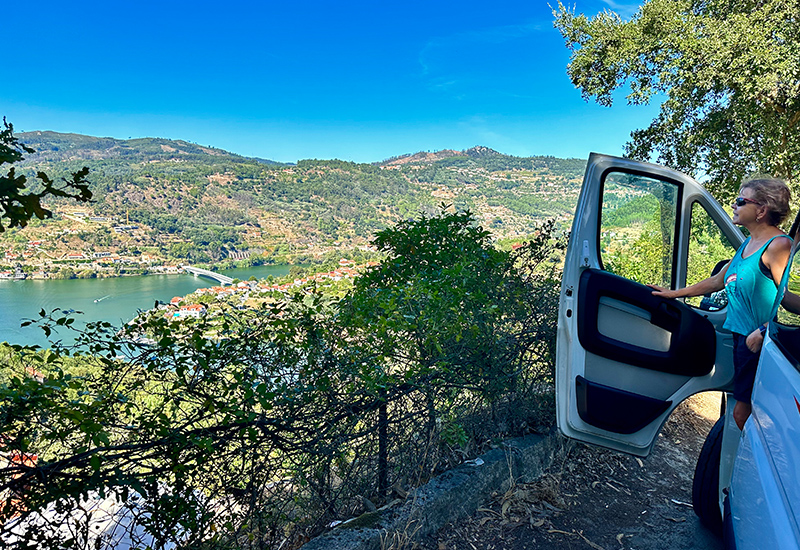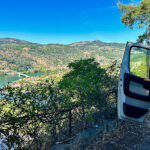By James Plaskitt
If you have ever used the coastal railway to travel between Lagos and Faro, and the stations in between, then ‘quaint’ may be the politest term that comes to mind. Alternative descriptions might be a bit harsher, especially in the days when you could barely even see out of the graffiti-covered windows.
But as the section of line from Lagos to Tunes approaches its centenary, is it, at last, about to get a makeover? This section was the last part of the coastal line to be built, the Faro to Tunes section having opened in 1889. The single track line broadly follows the curves of the coast and is definitely scenic. However, the trains themselves are now 60 years old and many of the stations are looking dilapidated.
Like many things here, there has been talk of modernisation for many years – especially before the elections. So far nothing has happened, but now the plans are back, and, this time, feel a bit more robust than on previous occasions.
Earlier this year, the government launched its National Rail Plan, which includes a budget of €740 million set aside to complete electrification of the entire network. This was followed by the publication of the tenders for electrifying the 46 km Tunes – Lagos section. The original budget set aside for this was €23 million, 85% of which comes from EU funding, and the tendering process was originally set to close next March.
The indicated timetable for completion of electrification was optimistically set at “the end of 2023”. The Plan also includes the provision of new trains and a new signalling system. The initial expressions of interest were all over budget, however, and the tender was reissued in August.
While electrification has its obvious benefits, it is not without complications. So the tender for the Tunes – Lagos section also includes the removal of level crossings at Silves, Estômbar and Portimão. These are to be replaced by bridges. Level crossings are inherently dangerous – three people have died having been struck by trains in the last four years – but the dangers increase when electrification is added.
This issue, and others, have been picked up by the Lagos Council, which has lodged objections to the proposed modernisation. The final stretch of the line into Lagos runs along the edge of the Meia Praia beach and there are many pedestrian crossings on the line. The council fears these will not be viable after electrification, and bridges, together with the overhead wires and gantries, would be visually unacceptable. The council also wants to safeguard fish farming at Vale de Lama, and protect the many small businesses which operate along the beach, but which are only accessible by crossing the line. The council has called for a full environmental assessment to take place before any investment is committed, butInfraestruturas de Portugal – which operates the line – maintains that this is not required. The argument between the council and IP could have the potential to delay progress.
You can argue, on the other hand, that the line is a missed opportunity for the Algarve economy and, in particular, for tourism.
Along the route, there are many architecturally attractive original stations which, if restored, could attract tourist business. The lovely original station at Lagos still stands but is in a dismal state. Renovated, and given a new use, it would be a distinctive feature in the town.
Also at Lagos – behind the station, in a nondescript building – are two of the original steam locomotives, made in Manchester by Beyer-Peacock, and which were shipped out in the early 1900s to operate on the Algarve line. One restored, and allowed to operate in the summer season, would add a new tourism opportunity for the area. Comboios de Portugal, which operates the trains, saw the opportunity with the Douro Valley line, so why not here?
And finally, while modernising and electrifying the line, why not build a spur into a new station at Faro airport? The line passes within 2.5 km of the terminal. The prospect of a train ride to the holiday resorts, for a few euros, would surely be an attractive proposition – to everyone except the transfer companies! The idea has been proposed before, but nothing has ever come of it.
The graffiti has been cleaned off the carriage windows recently and once again the great views along the route are visible. Is this the start to celebrating the line’s centenary, or will it be as far as it goes?
James Plaskitt is a former minister in Tony Blair’s government in the UK. He has now retired in the Algarve.














